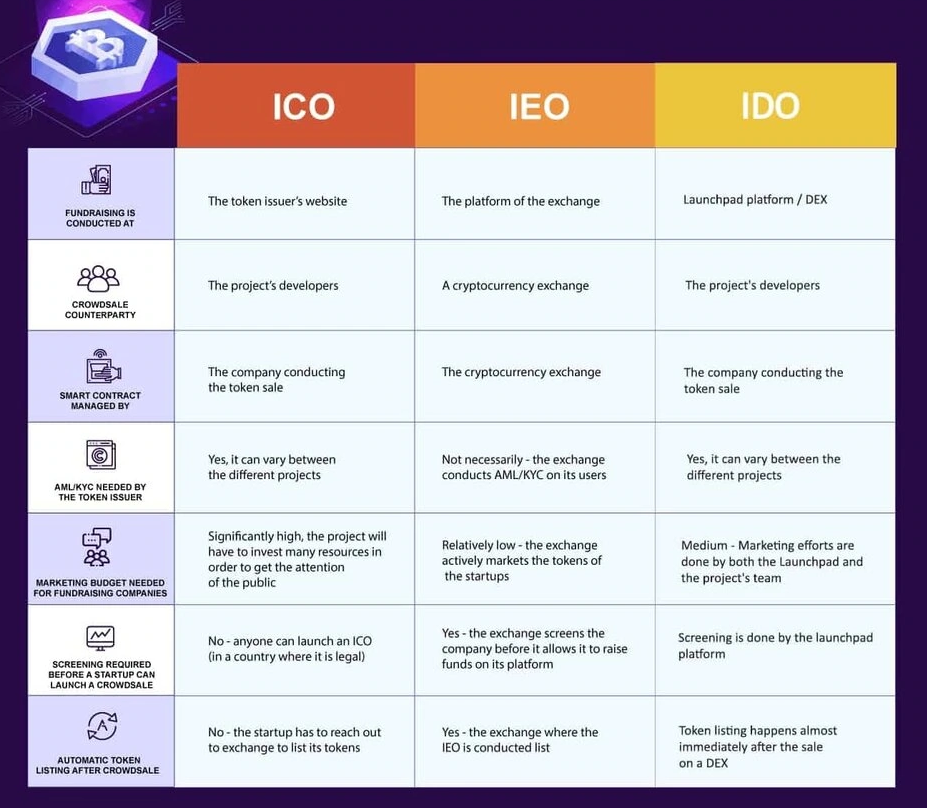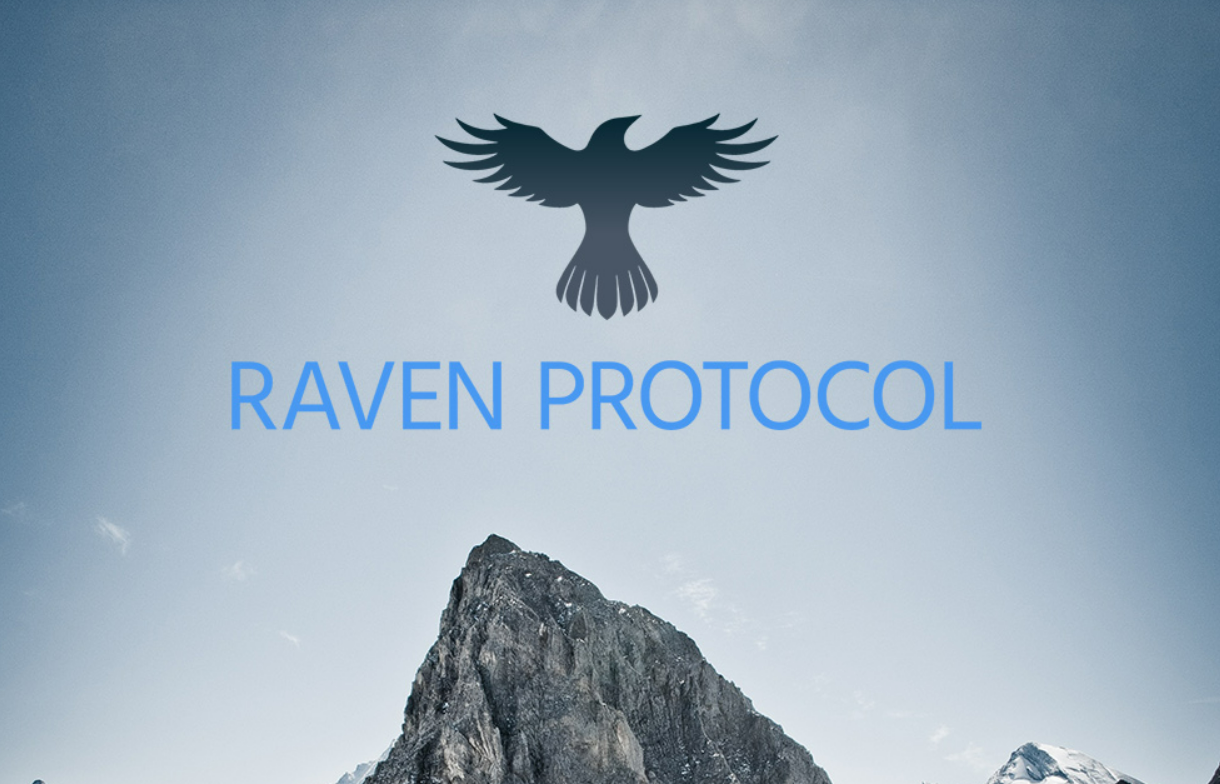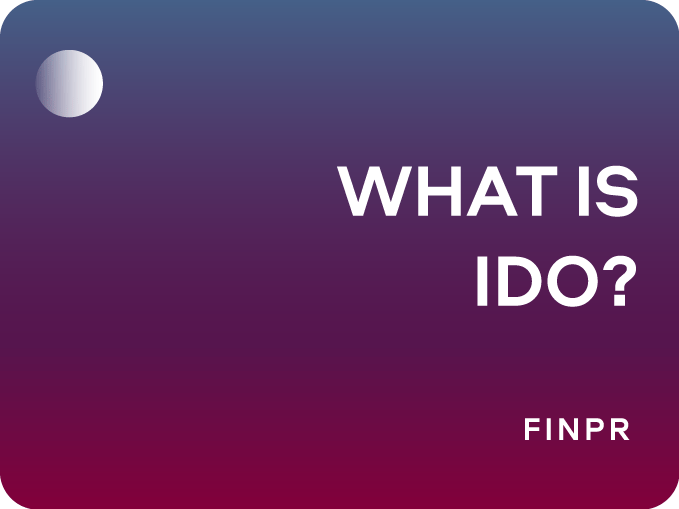
Heard the term “IDO” thrown around in the crypto space but not quite sure what it means? You’re not alone. Initial DEX Offerings are the latest trend in decentralized fundraising — and they’re changing how tokens are launched. Let’s unpack what makes IDOs different, how they work, and why they matter.
Understanding the Basics
1. What Exactly Is an IDO?
An Initial DEX Offering (IDO) is a token fundraising method conducted directly on a decentralized exchange (DEX). Rather than relying on centralized platforms, projects launch tokens via smart contracts on a blockchain-based exchange. As soon as tokens are issued, they’re available for instant trading through liquidity pools paired with established cryptocurrencies (e.g., ETH, BNB, USDT). This approach removes intermediaries and enables direct interaction between projects and investors.
2. How IDOs Work: Step-by-Step Mechanics
- Token Creation – The issuing team creates a new token, defining parameters like total supply, tokenomics, and sale price.
- DEX Listing & Launchpad Vetting – Projects apply to launchpads or DEXes (e.g., Uniswap, PancakeSwap, SushiSwap). Some use launchpads which manage whitelists and vetting.
- Fundraising via Smart Contracts – Anticipating whitelisted investors lock or buy tokens through the DEX interface. Smart contracts automate allocation, distribution, and token minting.
- Liquidity Pool Activation – After tokens are issued, a liquidity pool is funded with tokens and pairing crypto. This enables immediate trading with minimal slippage.
- Post-IDO Trading – Investors can buy or sell tokens immediately. The liquidity pool ensures continuous market access
3. Why IDOs Matter: Benefits You Get
- Fair & Transparent Fundraising – Costs are clear, smart contracts are public, and no hidden intermediaries are involved.
- Democratized Access – Anyone with a wallet and the required crypto can participate — opening funding to global retail investors
- Immediate Price Discovery – Trading begins right away, letting market forces set the token price based on actual demand.
- Reduced Costs & Faster Launch – IDOs skip lengthy approval processes and costly listings, enabling projects to launch faster and leaner
Evolution of Token Offerings
ICOs: The Trailblazers
The journey begins in 2013 with the first ICO, Mastercoin, followed by Ethereum’s epic 2014 token sale that raised ~$18 million. By 2017, ICOs exploded in popularity — raising over $5.6 billion that year and another $3.3 billion in just Q1 2018. Their simplicity — launching tokens via smart contracts in exchange for crypto — attracted both innovative projects and opportunistic scams.
Despite the promise of decentralized fundraising, the collapse of many ICOs and rising fraud led to investor losses, causing regulators like the SEC and platforms like Google to intervene — restricting ICO advertising and applying securities laws.
STOs: Adding Regulation to the Mix
In response to ICO excesses, Security Token Offerings (STOs) emerged. These tokenize real-world assets (equity, real estate, etc.) on a compliant blockchain, representing a hybrid of ICO convenience and IPO security. By late 2019, STOs were gaining traction globally, with trading venues like Nasdaq and Singapore Exchange beginning to list them. STOs brought regulatory clarity and institutional legitimacy — but also higher entry barriers for issuers and investors.
IEOs: Centralized Trust Layer
To rebuild trust while retaining the ICO-style token launch, Initial Exchange Offerings (IEOs) debuted in 2019, most notably on Binance Launchpad. Here, centralized exchanges vet projects, handle KYC/AML, and list tokens immediately — offering improved security and liquidity. However, users had to register accounts and pay fees, adding a centralized layer to what was a decentralized concept.

IDOs: The DeFi-Driven Frontier
Enter Initial DEX Offerings (IDOs) — the decentralized answer to IEOs—emerging in mid‑2019, with Raven Protocol’s Binance DEX event being one of the first. IDOs run on decentralized exchanges, use smart contracts to launch tokens, and fund liquidity pools simultaneously. This innovation combines the open access of ICOs with the vetting and liquidity of IEOs, without centralized gatekeepers. By 2021, amid rampant DeFi growth, IDOs rose sharply in popularity as a fast, cost‑efficient, and transparent mode of token launch.
In essence:
- ICOs broke ground with easy, decentralized token sales.
- STOs added compliance and asset backing amid a changing regulatory landscape.
- IEOs brought back exchange-based trust and security.
- IDOs fused DeFi innovation with fair, immediate token distribution.
How to Participate in an IDO
Why Participate?
- Early access: Potentially buy tokens at lower prices before launch — for instance, early Uniswap and Axie Infinity investors saw big returns.
- Immediate liquidity: Tokens often become tradable right after the IDO ends.
- Decentralized: No central authority intervenes, reducing barriers to entry.
Risks to Be Aware Of
- Volatility: Token prices swing dramatically.
- Scams and rug-pulls: No central vetting — can lead to fraud.
- Technical issues: Smart contract vulnerabilities.
- Oversubscription: High demand can lead to limited chances to participate
Step-by-Step Process
A. Research the Project
- Read the whitepaper, roadmap, and tokenomics (check supply, use-case, vesting).
- Join community channels (Telegram, Discord, Twitter) to gauge authenticity.
- Ensure audit information is available.
B. Choose a Trustworthy Launchpad
- Popular DEX launchpads include PancakeSwap, Uniswap, Polkastarter, BakerySwap, and others.
- Aim for platforms with vetting procedures or KYC to reduce scam risk .
C. Prepare Your Wallet & Funds
- Set up a web3 wallet (Metamask, Trust Wallet).
- Fund it with required crypto (e.g., ETH or BNB) covering token cost and gas/fees .
- Monitor gas fees using resources like ETH Gas Station, adjusting higher during the IDO to avoid failures.
D. Whitelisting & KYC
- Many platforms require joining a whitelist, often through completing tasks (social media engagement), staking tokens, or lotteries.
- Some launchpads require KYC/AML, excluding residents from certain countries (e.g., US) .
E. Staking for Tiers (Optional)
- Many IDOs have tiered systems based on staking the launchpad's native or LP tokens – higher tiers often get priority access and guaranteed allocations.
F. IDO Day: Participate
- Check the IDO start time and prepare accordingly.
- Connect your wallet to the launchpad’s DApp.
- Approve token spend permissions ("Approve"), then click "Buy Token" or participate.
- Submit and pay for the transaction—be fast, especially during high-demand FCFS phases.
G. Post-IDO: Claim & Trade
- Claim tokens: Some projects distribute instantly; others have vesting or lock periods before claim or auto-claim distributions.
- Manage your holdings: You may choose to hold, stake, or trade on the DEX listing.
Best Practices
- Use only official links—avoid phishing & scams.
- Start small — invest only what you can afford to lose.
- Due diligence — verify audits, team credentials, community sentiment.
- Monitor gas and slippage settings to ensure fast, successful transactions.
- Understand token distribution — immediate vs vesting/locked.
Notable IDOs
IDA of Compound & Balancer – A Game-Changer in DeFi
In June 2020, two major DeFi platforms shook the crypto world with their IDOs on Uniswap. Compound introduced its COMP governance token, distributing 2.88 K COMP per day and carving a spot among the top 20 tokens by market cap within days. Almost in tandem, Balancer launched its BAL token, allocating 25 M tokens to team, partnerships, and early investors, with the remainder released to liquidity providers over an extended schedule.
These launches redefined what IDOs could achieve: fast liquidity, community-driven growth, and active governance. For readers, the leap in value for early buyers underlined the potential of participating in token launches that prioritized utility and community alignment.
UMA & Raven Protocol – Early Innovators

UMA’s April IDO on Uniswap serves as a classic boost-from-launch story. The team allocated some 535 K USD in ETH to seed its liquidity pool at $0.26 per token. Within minutes, the bonding curve’s design caused price surges—peaking at over $2—before stabilizing near $1. Today, UMA stands strong with a market value over $1.5 B, demonstrating how smart token economics can drive long-term success.
Similarly, Raven Protocol pioneered decentralized funding with its DEX-based token launch, targeting AI use cases with its RAVEN token. Though less flashy in returns, it validated the IDO concept early in DeFi’s evolution.
AlgoDAO IDO – When Whales and Transparency Clash
On Reddit, participants in AlgoDAO’s IDO recounted how whales—using affiliated wallets — bought up tokens mid-sale to meet hidden minimum caps. One user wrote:
- “They were buying their own IDO… Nothing of that was known to the people buying the IDO prior”.
Even post-launch, the team quietly manipulated listing prices, leaving community members feeling deceived. This episode is a cautionary tale: lack of transparency can cost trust, even if mechanisms appear DeFi-native.
EverFight, Iron Finance & Other IDO Failures
Not all IDOs shine. CoinMarketCap listed EverFight (via Pinksale), alongside projects like Tidal Finance and Chainswap, as some of the “worst performing” IDOs of 2021 — many losing over 90% of their value post-launch.
Iron Finance offers another lesson: despite a strong start and backing from figures like Mark Cuban, its TITAN token collapsed in June 2021 amid smart-contract failures and a classic “bank run” behavior.
These failures highlight systemic risks — from flawed math in bonding curves to rushed launches and underfunded audits.
So, What Can You Learn?
- Success requires substance: Platforms like Compound, UMA, and Raven align token launch with real utility and community value.
- Always prioritize transparency: AlgoDAO’s saga teaches us to question hidden mechanics and reserved allocations.
- Risk is real — and varied: With dozens of IDOs collapsing post-launch, diligent research and skepticism remain your best tools.
Bottom Line
IDO hype may promise 10x returns, but it often overshadows smart due diligence. Projects like Compound show what works; others like Iron Finance show how quickly it can unravel. IDOs are not shortcuts to wealth — they're tools, and like any tool, they require skill to wield.




